If you want to have a hummingbird-attracting garden, you should plan your planting strategy well in advance of the growing season. Planting flowers that attract these small birds in the spring or early summer will ensure that they become established and blossom during the hummingbirds’ busiest times. When choosing plants, take into account your climate zone because different types may bloom sooner or later in your area. You can always get advice on the finest options for your location from a wildlife expert or your local garden center.
Here are 10 flowers that will help turn your garden into a favorite spot for hummingbirds.
1. Bee Balm
Monarda bee balm flowers from midsummer to early October, providing a long blooming display. This perennial needs at least six hours of full sun per day to flourish to its maximum potential. Its lush foliage and blossoms require soil that is wet and well-drained. Notably, Bee Balm is a useful addition to any garden that wants to promote nearby ecosystems since it draws pollinators like bees and butterflies.
2. Sage
Sage need six to eight hours of direct sunlight per day in order to flourish. It is a low-maintenance plant that requires well-drained soil and, once established, can withstand drought. Sage is a perennial that is known to be hardy in zones 4 through 8. Its blooms also draw butterflies and bees, which helps pollinate neighboring plants.
3. Trumpet Creeper
The Trumpet Creeper needs regular watering, especially during dry spells, and grows best in full sun. It can tolerate a variety of soil conditions, but it favors well-drained soil. This plant attracts bees and butterflies since it is well known for drawing pollinators. Many gardeners find this perennial vine to be a reliable option because it is hardy in zones 4 through 9. Pruning is required on a regular basis to control its rapid growth.
4. Cardinal Flower
Native to North America, cardinal flowers grow best in full sun to light shade and like moist, well-drained soil. These perennials are excellent choices for pollinator gardens since they particularly attract butterflies and hummingbirds. When many other plants have faded, they bring color to gardens with their blooms, which usually last from mid-summer to early fall. Although they are hardy in zones 3 through 9, they still need to be watered frequently to keep their colorful show going all season.
5. Columbine
Columbines need moderate to full sunlight and bloom from late spring to early summer. Once established, they can withstand droughts and do well in well-drained soil with modest watering requirements. These perennials draw pollinators like bees and butterflies and are hardy in zones 3 through 9. Frequent deadheading prolongs their flowering season and keeps gardens tidy.
6. Fuchsia
Because of their large range of hues, which include pink, red, purple, and white tones, fuchsias are well-liked. These perennials are perfect for gardens with shade because they grow best in partial to full shade. They need frequent irrigation to keep the soil continuously moist, and they like soil that is well-drained. Hardy in zones 6 through 9, fuchsias draw pollinators like butterflies and bees, which enhances the vibrancy of the garden ecology.
7. Butterfly Bush
The Butterfly Bush has a variety of colors, including purple, pink, white, and yellow, and typically blooms from summer to fall. This perennial likes well-drained soil and grows best in full sun. Butterflies and bees in gardens love it for its great appeal to pollinators. There is little maintenance required; routine pruning encourages robust growth and a plenty of blossoms.
8. Trumpet Honeysuckle
Late spring through summer is when the Trumpet Honeysuckle blooms, creating a long-lasting show. It can be grown in a variety of garden areas because it can handle partial shade as well as full sun. Because it attracts pollinators like bees and butterflies, this perennial plant is good for the health of the ecosystem. It is not very finicky about soil, but in order to thrive, it needs wet, well-drained conditions.
9. Penstemon
Penstemon blooms in late spring or early summer and comes in a variety of colors, including purple, pink, red, and white. It grows best in well-drained soil and likes full sun over partial shade. Moderate irrigation is necessary; excessive watering might cause root rot. This perennial plant has a strong ability to draw pollinators such as butterflies and bees. Because it requires little upkeep, gardeners seeking a visually striking and low-maintenance addition to their landscape should consider it.
10. Zinnia
Zinnias are ideal for sunny gardens because of their prolonged bloom period and ability to flourish in direct sunshine. They accommodate different aesthetic tastes because they are available in a range of colors, such as orange, pink, yellow, and red. Since these flowers are annuals, their life cycle is finished in a single growing season. In addition to being a popular plant of pollinators like butterflies, zinnias ensure that your garden nourishes local animals and add vibrant colors all summer long.

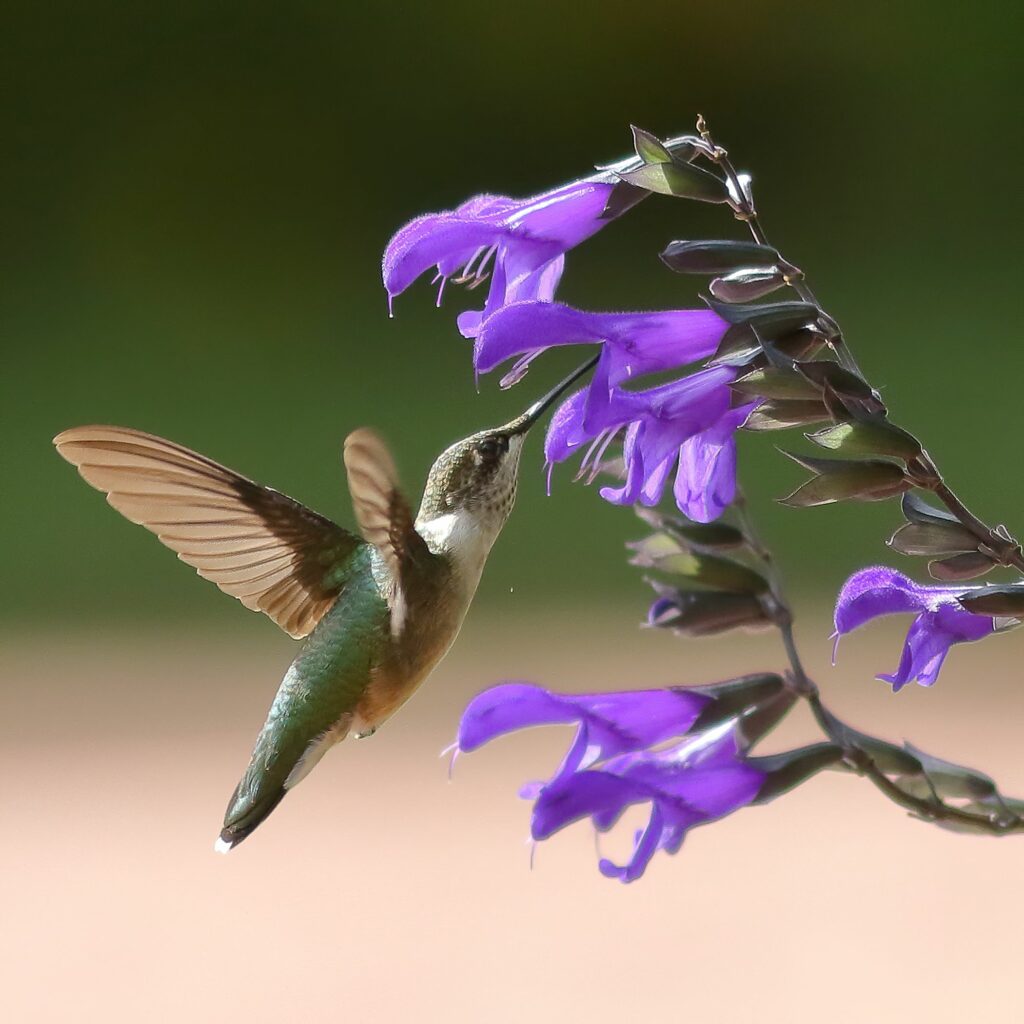
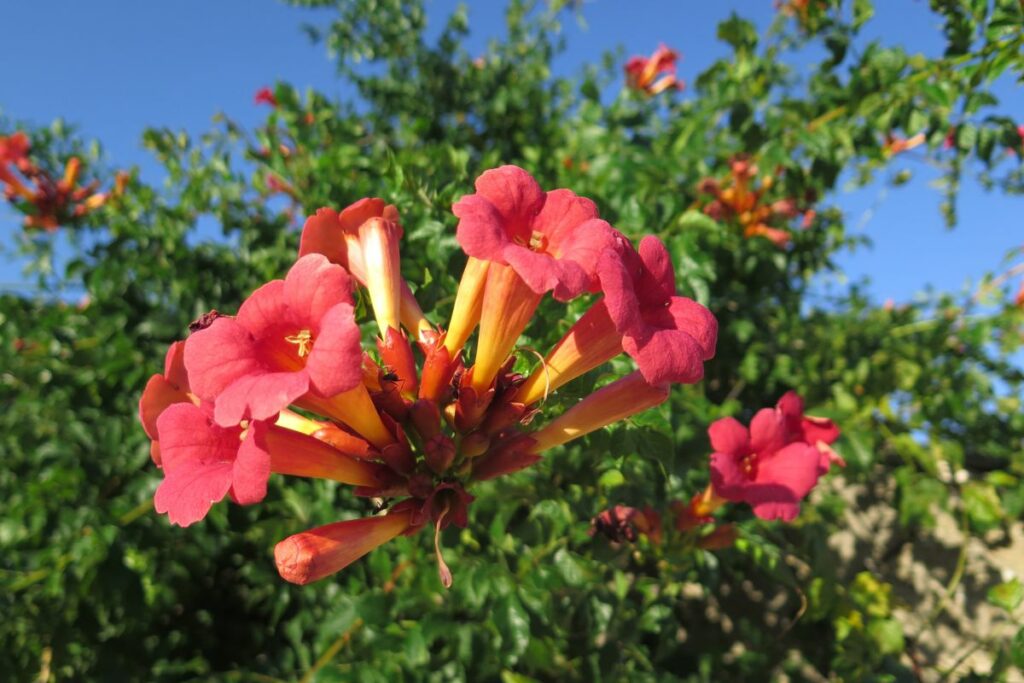

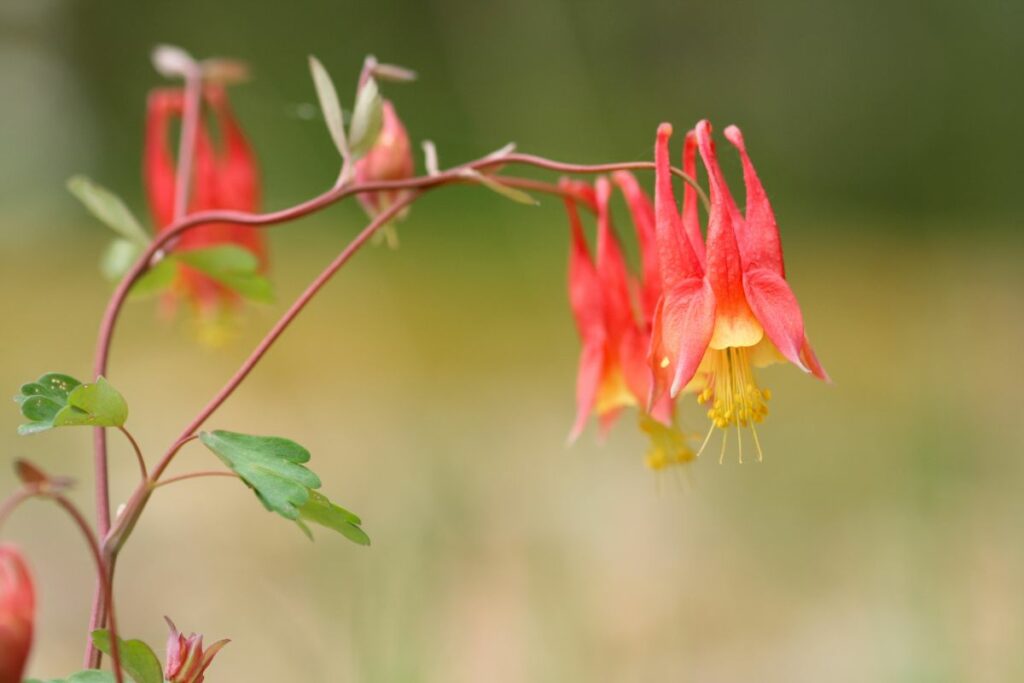
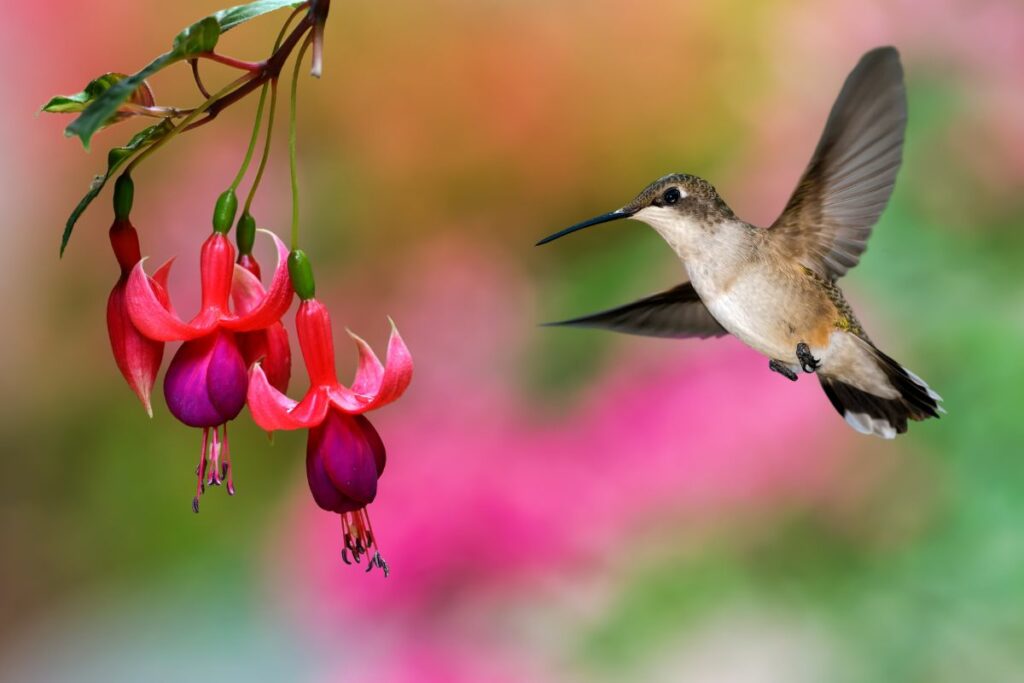
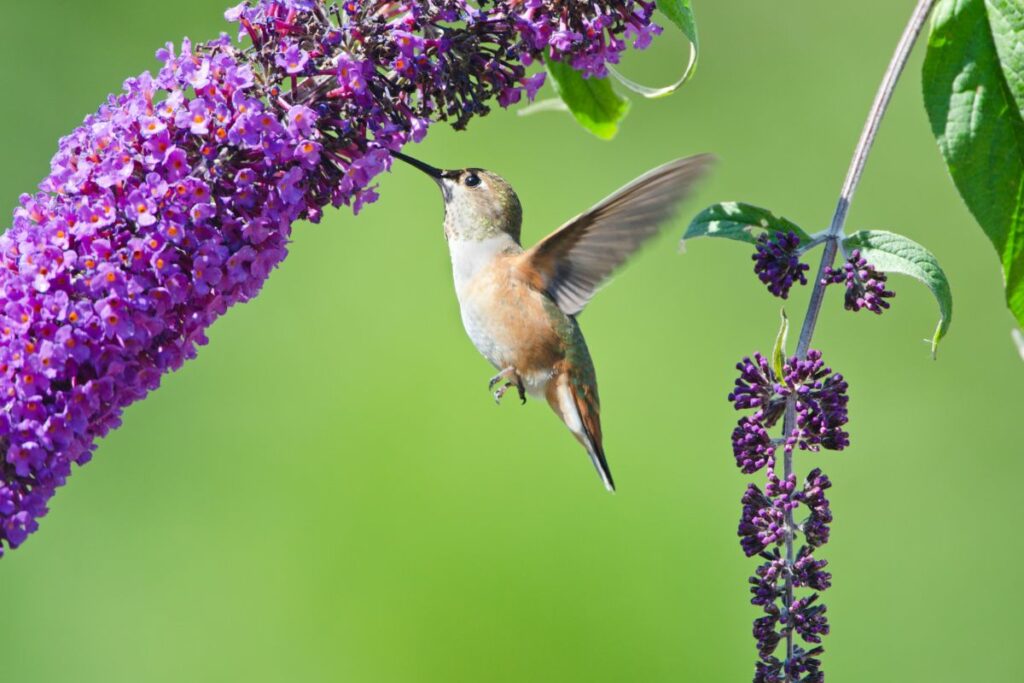
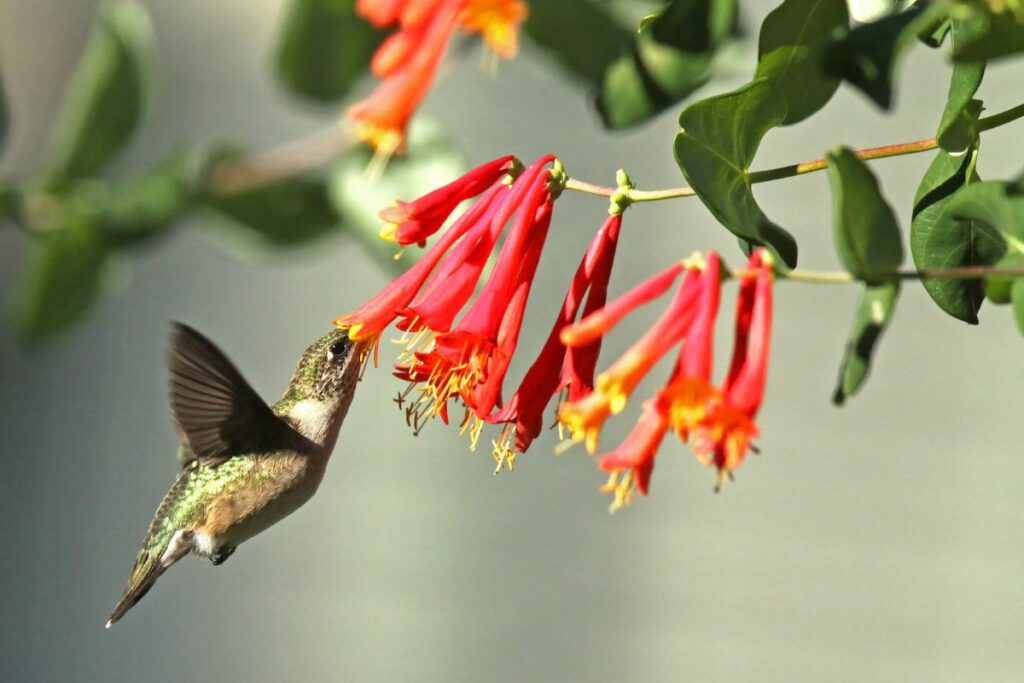
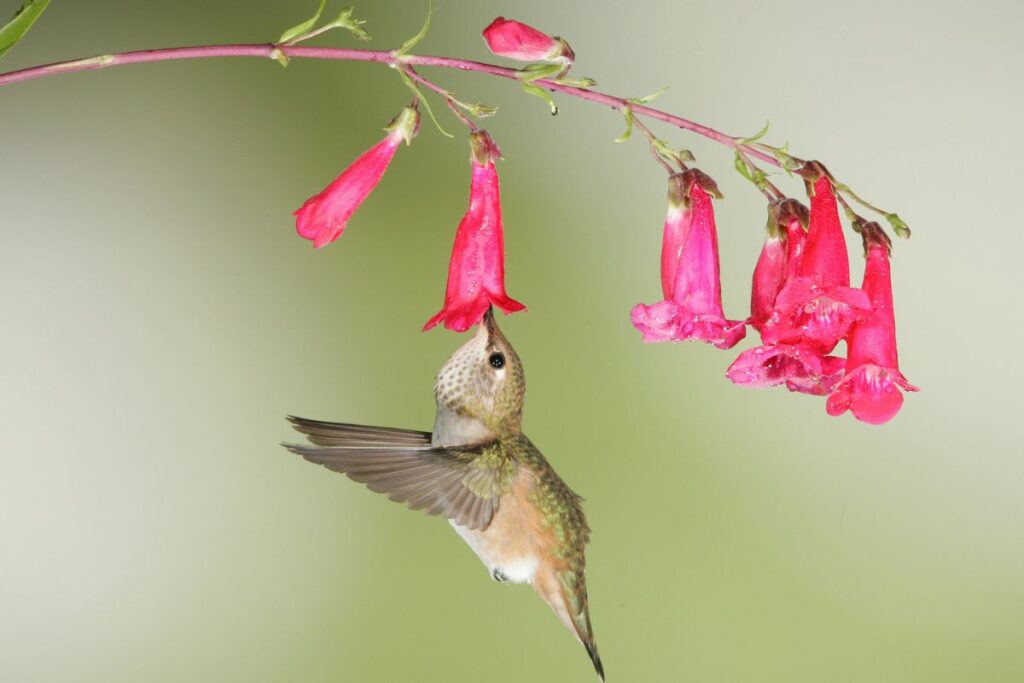
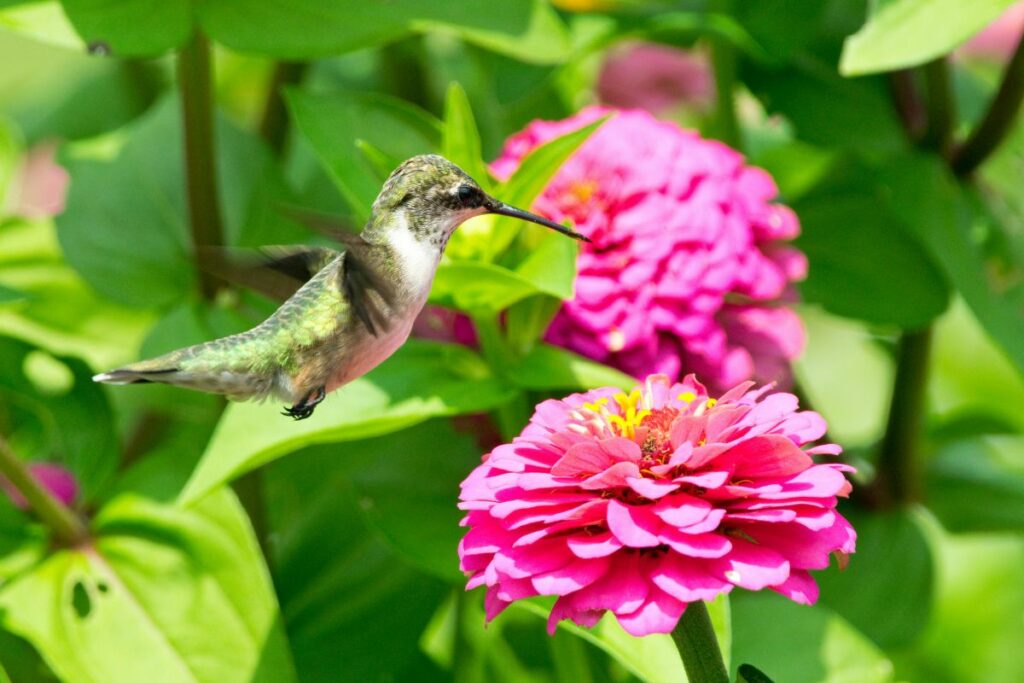
Thanks very helpful
You’re Welcome 🙂